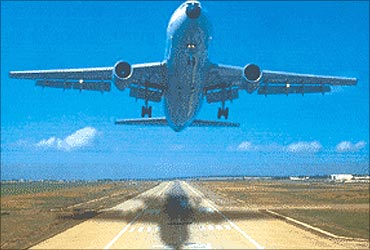
It took 13 years to get environmental clearance for the greenfield international airport at Navi Mumbai due to a series of controversies, a verbal duel between Environment and Forests Minister Jairam Ramesh and Civil Aviation Minister Praful Patel as well as a revision in planning and implementation strategies.
The first phase is expected to come up in 2014-15, which otherwise would have commissioned in 2011 as projected by the civil aviation ministry and the City and Industrial Development Corporation (Cidco), the nodal agency for the project.
The cost of the project, estimated at Rs 9,000 crore (Rs 90 billion), is expected to go beyond Rs 15,000 crore (Rs 150 billion).
...
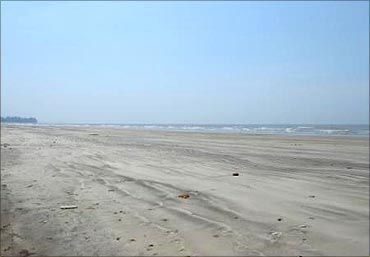
Subsequently, the Ministry of Civil Aviation appointed a committee to explore the possibilities of the new airport in Navi Mumbai as well as other sites including Rewas-Mandwa and Mhapan in Sindhudurg district.
In 2000, the committee recommended the Rewas-Mandwa site as the most suitable option.
At the same time, it determined the Navi Mumbai site suitable for domestic operations but unsuitable for international operations, owing to a single runway.
...

It achieved a major breakthrough in August 2007 when the Union Cabinet granted an "in-principle" nod for a greenfield airport at Navi Mumbai on public-private partnership.
The Maharashtra government also granted an approval for setting up a greenfield airport at Navi Mumbai and on July 30, 2008, appointed Cidco as a nodal agency for implementing the project.
After receiving the green signal, Cidco immediately appointed IIT Bombay for an environment impact assessment (EIA) study and CWPRS, Pune, for conducting hydraulic model studies.
It submitted an application to Ministry of Environment and Forests (MoEF) to approve the Terms of Reference (ToR) to carry out the EIA study for environmental clearance.

"A lot of legal exercise was also carried out. As per the MoEF's advice, the state government and Cidco obtained the Bombay High Court's approval to amend the Coastal Regulation Zone notification, 1991, for the construction of an airport in Navi Mumbai.
Subsequently, MoEF issued notification of amending the CRZ Notification of 1991, permitting a greenfield airport at Navi Mumbai in CRZ areas, subject to environmental safeguards in 2009," a Cidco official told Business Standard.
Residents of the 17 villages, feared to be affected by the project, and various political parties had raised the issue of relief and rehabilitation and said the MoEF notification amending the CRZ notification was not an environmental nod.
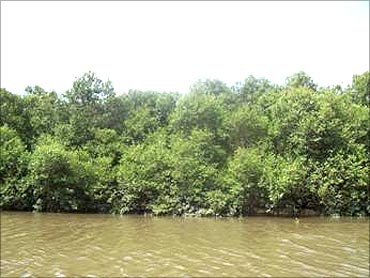
Even though the Ministry of Environment and Forests has given its nod to the Navi Mumbai airport, it has listed the positives and negatives of the project in great detail besides stipulating 32 conditions and safeguards.
The prominent conditions are that Cidco will obtain necessary permissions from the Bombay High Court for removal of mangroves, seek clearance under the Forest Conservation Act and rehabilitate about 3,000 families of 10 settlements in seven villages falling within the airport zone.
"The plantation and protection of mangroves by Cidco, amounting to 615 hectares, will be implemented in the shape of biodiversity mangrove parks well before the airport is operational. Moreover, Cidco will conduct a baseline survey of avian fauna before the start of the construction of the airport," says a seven-page note from Union Environment and Forests Minister Jairam Ramesh.
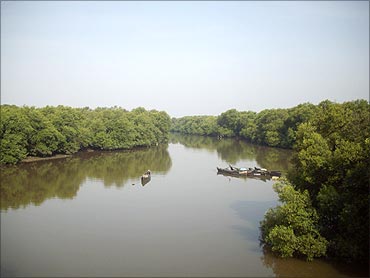
The riders also ask Cidco to put in place a contingency plan to avoid flooding of the low-lying areas around the airport and a comprehensive master plan for surface drainage and flood protection, keeping in view the recoursing of the Ulwe.
Cidco will also have to prepare a fresh comprehensive post-project EIA report under the approved layout of the airport, the new hydrological scenario, altered topography and land use including the ecological aspects.
Among the pluses are that the non-essential airport facilities are being shifted, as a result of which 245 hectares of good quality mangrove park is being developed by Cidco. Also, the distance between the runways is being reduced from 1,800 meters to 1,555 metres, removing the need to divert the Gadhi river.
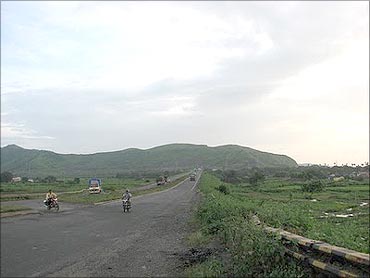
On the negative side, the note says: "Around 98 hectares of mangroves (albeit of low quality) will be lost forever in the area where the runways are being built." The negatives also include the 90-metre high hill that will need to be removed to enable smooth access to the runways. The hill has already been quarried indiscriminately to significantly diminish its ecological value, according to the note.
The airport site has 161 hectares of mangroves now. But after this compromise, the area will have 678 hectares of mangroves. "This is a hugely positive accomplishment from an ecological point of view," said Ramesh.
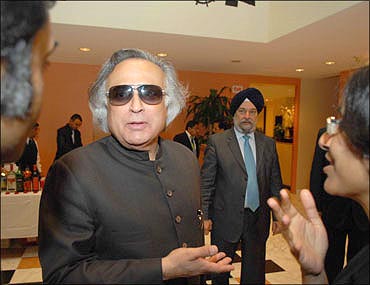
JAIRAMSPEAK
Then: I have no problem with Navi Mumbai. I am not one to stall any development. But we cannot ignore environmental issues. Environmental clearance is not a formality. It has to be gone through
Now: 85-90 per cent of our concerns have been addressed. The process of building the Navi Mumbai Airport can start today
Then: I have had a word with the Maharashtra chief minister. It is not that we don't want development, but it should comply with environment laws
Now: With these compromises, we are fully on board and will ensure speedy work. Compromise has been reached between Cidco, the environment ministry and aviation ministry
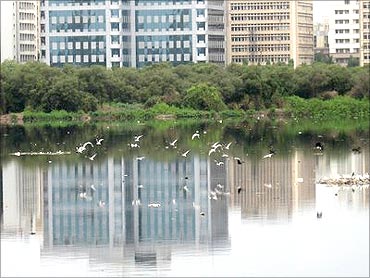
Then: Until we are convinced that mangroves will not be cut, we can't build the airport
Now: Before the project starts, there will a four-fold increase in the mangrove area. Our demand has been met 400 per cent
Then: Diversion of the rivers is the most serious issue. We all know what happened to Mithi
Now: Environmental clearance for the international airport at Navi Mumbai has been given. River Gadhi will not be diverted
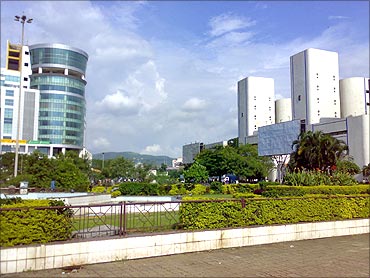
A timeline - Twists & turns
Nov 1997: Ministry of Civil Aviation (MOCA), Govt of India (GoI) constitutes a Committee to examine various sites for a second airport for Mumbai
June 2000: GoI Committee, which had a member from the Ministry of Environment & Forests (MoEF), recommends Rewas-Mandawa suitable since the Navi Mumbai airport was proposed with one runway.
Sept 2000: Cidco/Govt of Maharashtra (GoM) revise the proposal to provide for two runways and submit a feasibility report.
Nov 2000: A sub-committee constituted by the Airports Authority of India (AAI) examines the Navi Mumbai site, finds it technically and operationally feasible and suggests to carry out a detailed techno economic feasibility study (TEFS)

Sept 2001: Cidco/GoM submit TEFS comprising various technical studies. Various technical queries and clarifications raised by AAI have been successfully completed by Cidco. AAI suggests to carry out a simulation study to examine the inter-operability of two airports in a single airspace.
Aug 2006: International Civil Aviation Organization (ICAO) conducts a simulation study sponsored jointly by Cidco/GoM & AAI. The study confirms that simultaneous operation of two airports is possible with appropriate procedures in place.
Feb 2007: Cidco/GoM submits the project feasibility and business plan Report to MOCA/ GoI.
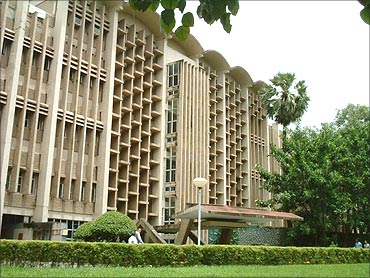
July 2007: MOCA obtains an in-principle approval from the Union Cabinet for the second airport in Navi Mumbai and conveys to GoM
Sept 2007: Cidco appoints IIT Bombay for the environment Impact assessment (EIA) study and CWPRS, Pune, for conducting required hydraulic model studies.
Sept 2007: Cidco sends an application to MoEF for approval of the terms of reference (TOR) for carrying out EIA.
Nov 2007: The National Coastal Zone Management Authority (NCZMA) recommends an amendment to the CRZ Notification of 1991 to make the development of Navi Mumbai airport permissible in CRZ areas with mitigation measures for environment damage.
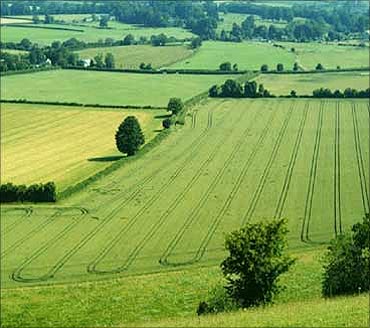
Feb 2008: The Maharashtra Coastal Zone Management Authority (MCZMA) recommends the proposal with compensatory forestation.
Feb 2009: MoEF directs to obtain the Bombay High court approval for amendment of CRZ regulations.
March 2008: Cidco appoints the Louise Berger Group (LBG) consortium, USA, as prime consultants for the proposed airport. LBG has so far submitted 16 reports and a draft master plan.
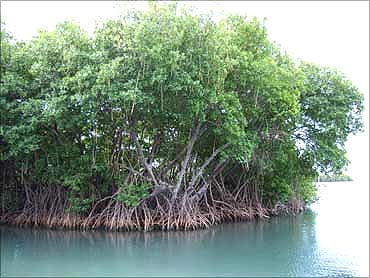
April 2009: The Bombay High Court allowed the plea of Cidco/GoM for an amendment to the CRZ Notification of 1991.
May 2009: MoEF issues notification for amending the CRZ Notification of 1991, permitting a greenfield airport at Navi Mumbai in CRZ areas, subject to environmental safeguards.
June 2009: Cidco submits a fresh application for approval of TOR for carrying out EIA to the MoEF & to MCZMA for approval of CRZ clearance.
July 2009: MCZMA considers the proposal for the CRZ approval and recommends to MoEF.
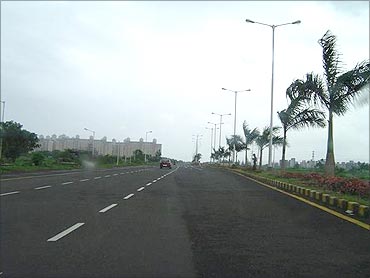
Aug 2009: MoEF conveys TOR for carrying out EIA study and IIT Bombay commences the preparation of EIA work in consultation with Central Water Power & Research Station (CWPRS), Pune and Mumbai University, Ground water Survey Dept, Agency (GSDA) , GOM, Gujarat Ecology Commission (GEC), Govt of Gujarat, M/s. Hemant Sahai & Associates ( Legal Consultat), DHI, India and Lewis Environmental Sciences, USA
Dec 2009: The Expert Appraisal Committee under MoEF visits the Navi Mumbai airport site.
Feb 2010: MOEF gives additional TOR for EIA study.
Mar 2010: Cidco submits a draft EIA report to Maharashtra Pollution Control Board (MPCB) for conducting a public hearing.
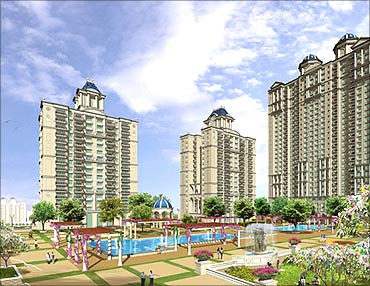
May 2010: MPCB conducts public hearing and submits the report to MoEF.
June 2010: Cidco submits the final EIA report incorporating observations of the public hearing to MoEF.
July 2010: EAC considers the proposal in its 89th meeting on July 21 and suggests to examine the possibility of availability of sites in addition to the ones given in the EIA report in the aerial distance of 100-150 km from Mumbai.
August 22, 2010: CIDCO makes a presentation to EAC on additional TOR
October 20, 2010: EAC visits the Navi Mumbai site and holds its meeting in Mumbai
November 10, 2010: Cidco's presentation on additional information sought by EAC